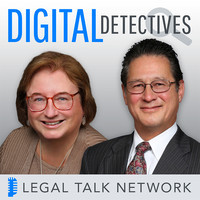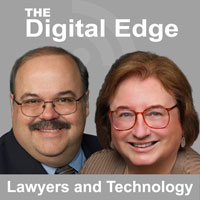Article
Webex for Lawyers
March 25, 2021
Background
For over a year now, we have primarily been working from home as a result of the pandemic. That has meant performing a lot of our daily tasks using some sort of video conferencing application. As Virginia lawyers know, the Virginia Supreme Court endorses and supports the use of Cisco’s Webex video conferencing application for Virginia court activities. What does this mean for Virginia lawyers? In order to be competent in the practice of law, lawyers need to understand how to use Webex and what options are available. We’ll attempt to cover Webex basics to get you started.
The one thing to remember is that the court will normally be the host of the meeting (hearings) and will have control over how Webex is configured and used. As an attorney, you will be a participant and may or may not have certain capabilities depending on what the court or judge has allowed.
Features
Obviously, we can’t cover all the intricate details and features of Webex, but there are many that you should be familiar with. Understand that even if a feature or function is available, that doesn’t mean the particular court has enabled it or made it available to participants. You know the old saying…if you know one court, you know one court. In these days of virtual hearings, we could probably drill down deeper and say that if you know one courtroom (and its judge) then you know one courtroom.
To start, Webex provides high-definition video and audio meetings supporting up to 1,000 attendees. There are user-controlled layouts such as grid, active speaker and other modes. The user can “pin” speakers to keep focus on specific individuals. If you don’t pin a participant, the focus with automatically shift to whoever is speaking.
Security is a huge concern, especially when protecting the client confidential information used in court proceedings. Besides Zoom, Webex is the only other platform that has true end-to-end encryption protecting all messages, files, drawings, recordings and other Webex features. Just like Zoom, end‑to‑end encryption in Webex is not turned on by default and must be separately activated if desired. There are built in security controls for private messages, file sharing and other attendees’ interactions to ensure that the meeting follows court guidelines. From the court’s perspective, there are very robust management tools to provide role-based control of feature availability. In other words, judges will have different features available as would clerks, attorneys and even the public.

